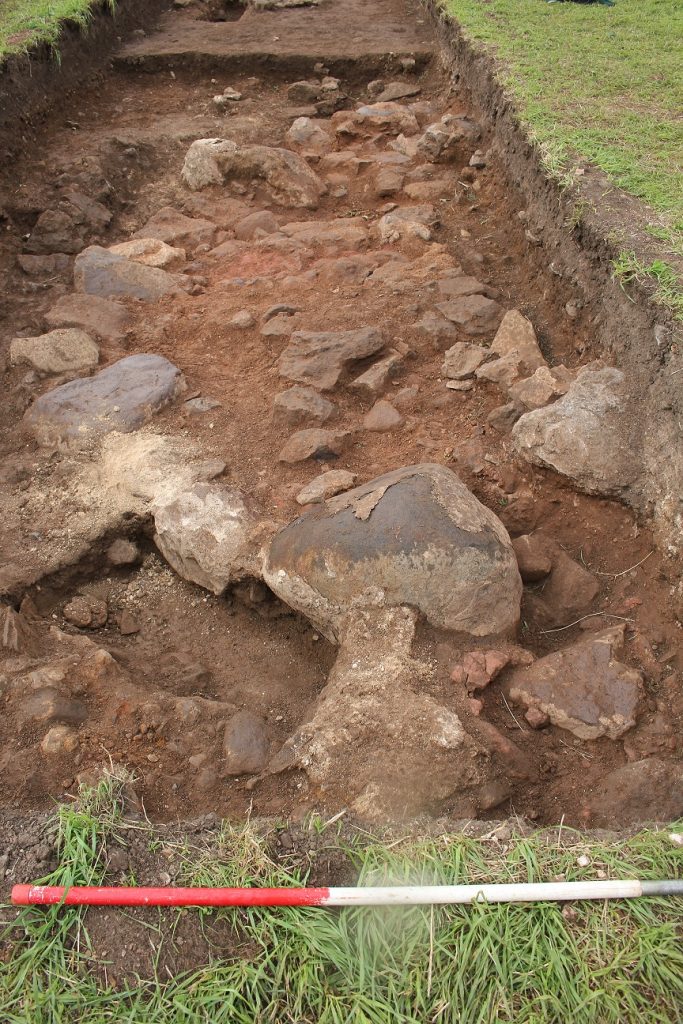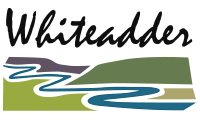Morham: Lost Castle Found?
From the 27th to the 31st of August this year AOC Archaeology welcomed over 45 visitors and volunteers to the site of Morham Castle in East Lothian. This was the first excavation for the Whiteadder: Historic Heart of the Lammermuirs project which aims to find out more about the archaeological landscape of the Whiteadder Valley from Garvald in East Lothian to Duns in the Scottish Borders.
The excavation aimed to test the results of the geophysical survey carried out by the Edinburgh Archaeological Field Society in 2013 and 2014 and investigate whether there was evidence for the castle in this location.
Overall, seven trenches were opened, with varying results, the most positive of which was trench seven.

Trench seven revealed a layer of crushed stone and mortar rich in finds of animal bone, oyster shells and medieval pottery, just under the topsoil, which appeared to form a demolition deposit; and on the removal of this material larger stones began to appear. When fully revealed, these stones formed part of the foundation of a substantial, curving stone wall. A large cut had been excavated to insert the wall foundations, which had been constructed of large sub rounded and sub squared stones and boulders, aligned to form the outer and inner faces of the wall and smaller stones packed with sandy gravel forming the inner fill material. The wall was at least 2m thick at its widest point and appears to have belonged to a large rounded tower or stair tower; suggesting that it could have once formed part of Morham Castle. The finds from the rubble and mortar layer suggest occupation of the site from the 12th to the 18th century which is also consistent with the historical evidence for the occupation of Morham Castle.
Several of the other trenches (6, 2 and 9) revealed shallow linear features which contained pottery of a medieval or later date, although it is unclear whether these features are contemporary with the castle.
During the excavation, several training exercises were carried out in archaeological drawing, metal detecting, survey, site formation and recording and artefact recovery and recording. During our metal detecting of the spoil heaps from the trenches, one of our youngest volunteers even found a coin!

We are now back in the lab, washing the finds and processing the samples. Analysis of the finds and radiocarbon dates obtained from our samples will hopefully confirm the dates for our features. Stay tuned!


